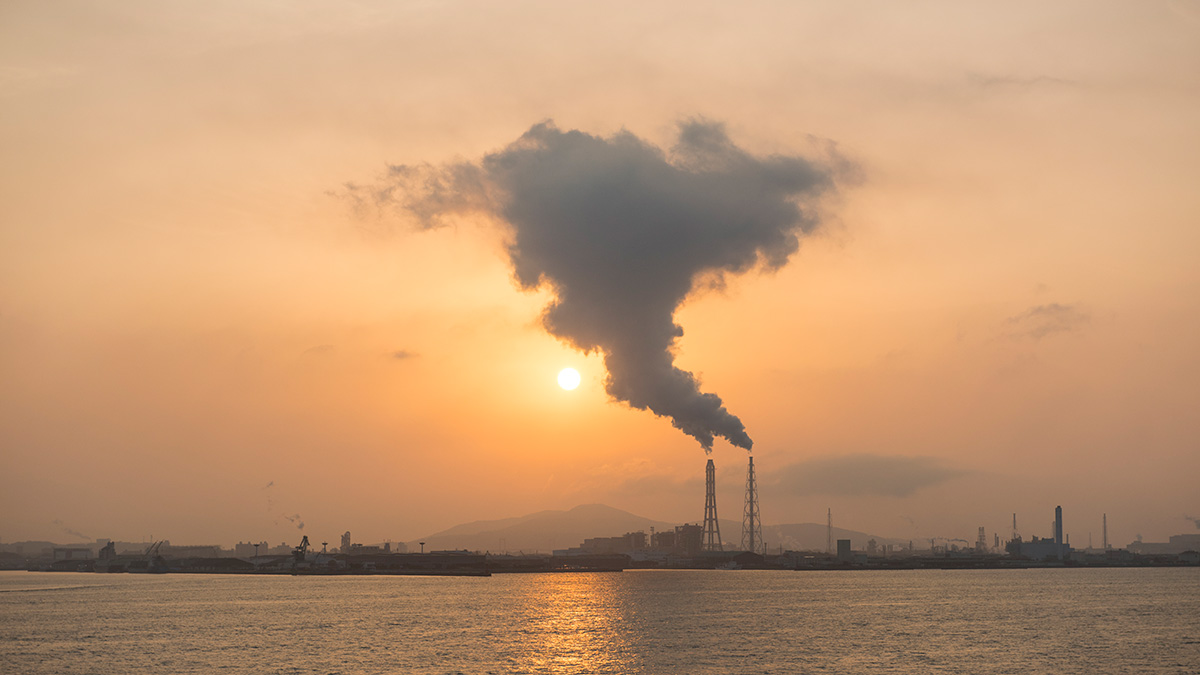Source: Global Biogeochemical Cycles
A translation of this article was made possible by a partnership with Planeteando. Una traducción de este artículo fue posible gracias a una asociación con Planeteando.
Through fossil fuel combustion, deforestation, and other industrial and agricultural activities, humans have raised global atmospheric carbon dioxide (CO2) levels to more than 415 parts per million. That concentration represents a 135-parts-per-million increase since preindustrial times in the late 18th century. It is often assumed that this CO2 increase consists entirely of anthropogenically emitted CO2, but a new study challenges that assumption.
To investigate the standard narrative about the fate of anthropogenically emitted carbon, Holzer and DeVries labeled CO2 as it was emitted and tracked it with a data-assimilated ocean circulation model. This method allowed them to partition the net changes in atmospheric and oceanic carbon inventories as either anthropogenically emitted or natural carbon. The model followed the journey of emitted carbon from 1780 to 2020 using what is called a linear labeling tracer. Researchers have used this labeling technique in other applications but never to track anthropogenic carbon.
The modeling revealed that only 45% of the increase in atmospheric carbon over the past few centuries originated as emitted carbon and that outgassed natural carbon from the ocean accounts for the other 55%. The researchers also found that the ocean has accumulated nearly twice as much emitted carbon as previously assumed.
The mechanism behind the outgassing is seawater carbonate chemistry. As dissolved inorganic carbon builds up in the ocean, the seas increasingly leak into the atmosphere CO2 that was dissolved in the ocean before the Industrial Revolution. By 2020, the modeling showed, the ocean had lost one preindustrial CO2 molecule for every 2.2 emitted CO2 molecules it absorbed. Put another way, since 1780, the oceans have outgassed approximately 160 petagrams of natural carbon while absorbing 350 petagrams of emitted carbon, for a net increase of about 190 petagrams of carbon stored in the ocean.
The researchers point out that their results do not challenge estimates of anthropogenically driven changes in global carbon inventories. Rather, they quantify where emitted carbon ends up, and they illustrate that linear labeling tracers are an effective and powerful tool for quantifying the effects of nonlinear processes in the climate system. (Global Biogeochemical Cycles, https://doi.org/10.1029/2022GB007405, 2022)
—Aaron Sidder, Science Writer

